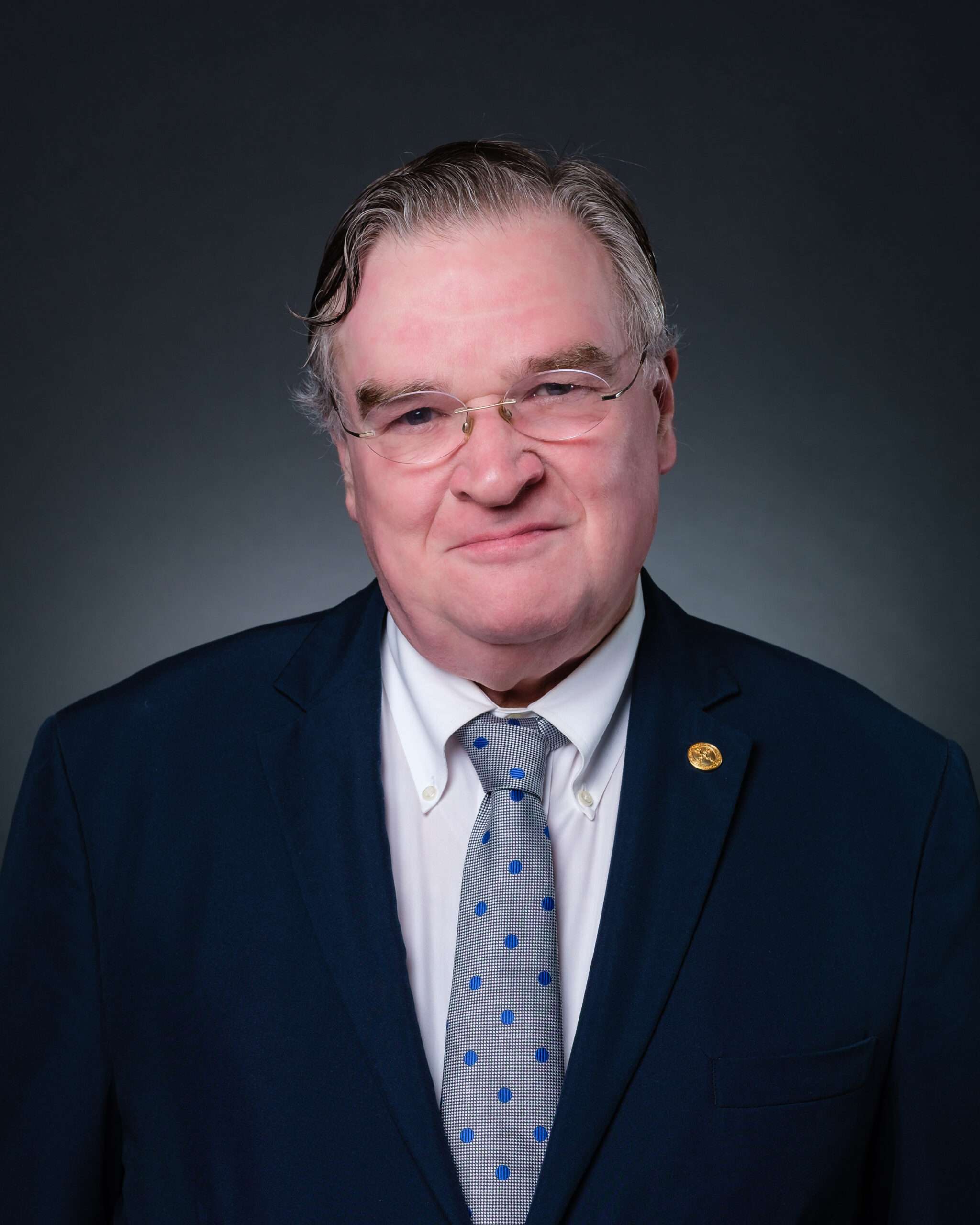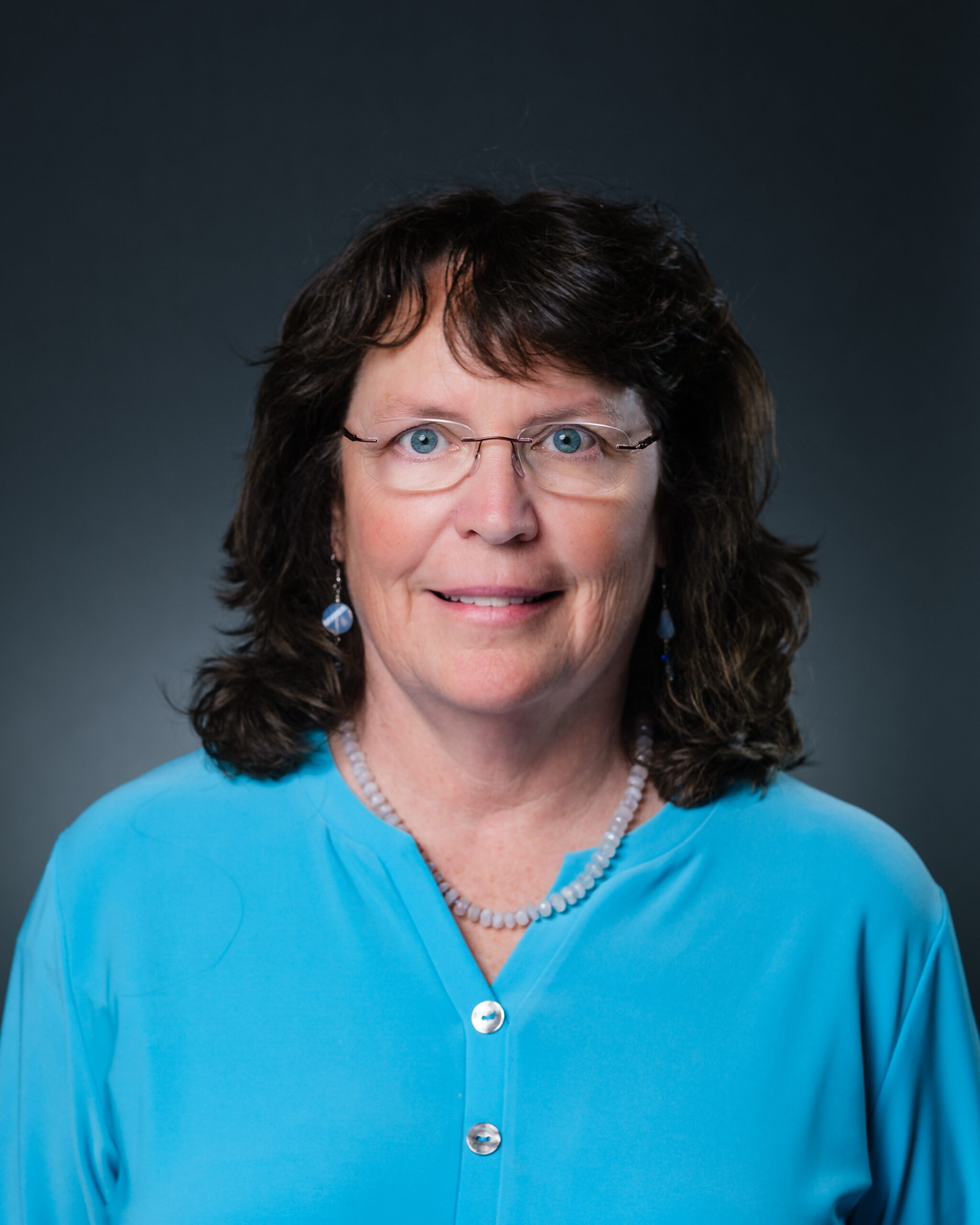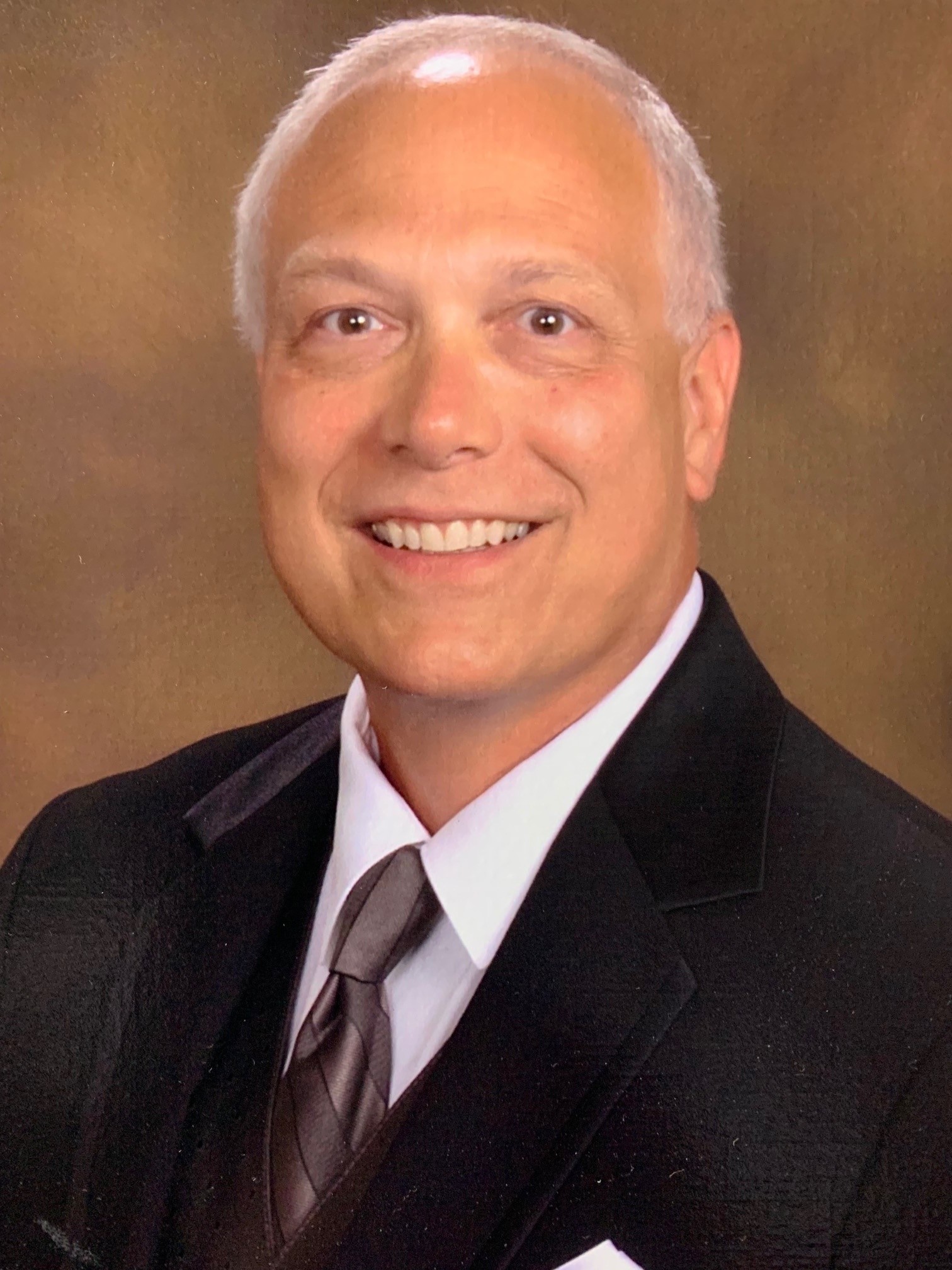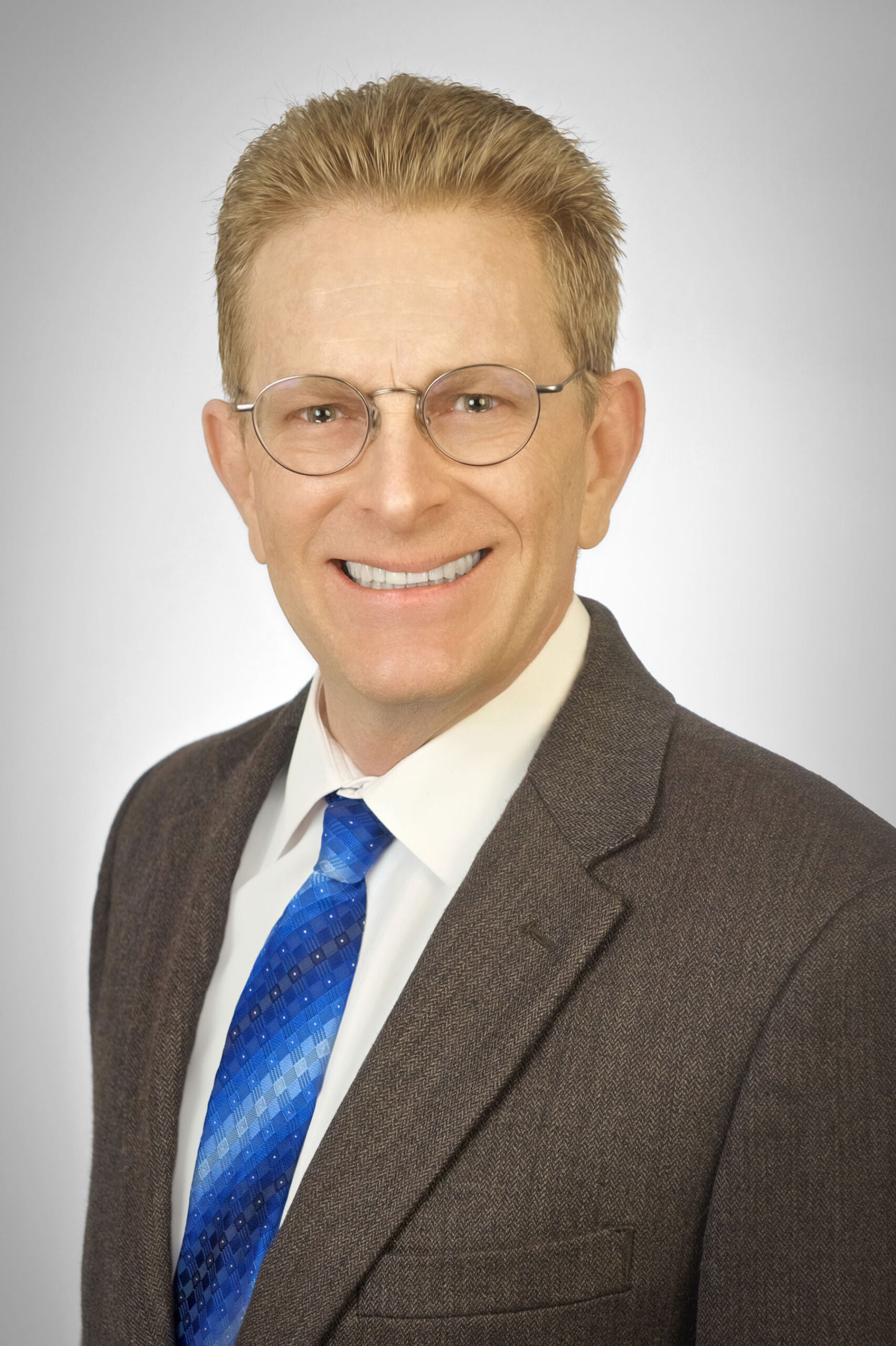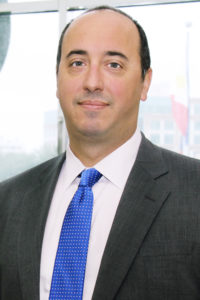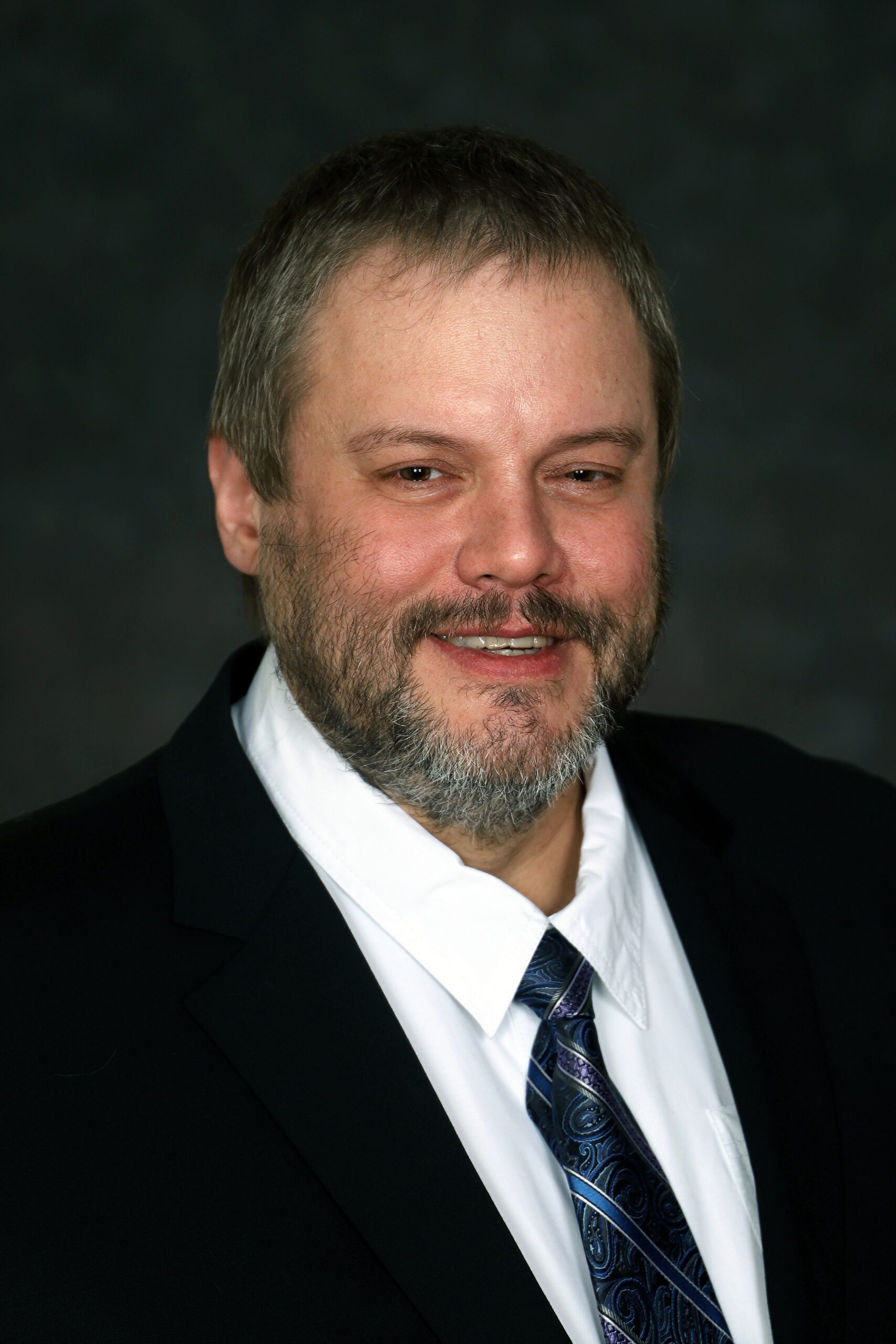 My name is Melinda Ring, and I’m the director of the Osher Center for Integrative Medicine at Northwestern University. In 2016, a partnership between the Osher Center and the nonprofit organization Common Threads led to the creation of Cooking Up Health, a culinary medicine course for health professionals. Culinary medicine blends the art of cooking with the science of medicine, and we’re teaching the next generation of doctors that culinary medicine is a much better alternative to pills and prescriptions.
My name is Melinda Ring, and I’m the director of the Osher Center for Integrative Medicine at Northwestern University. In 2016, a partnership between the Osher Center and the nonprofit organization Common Threads led to the creation of Cooking Up Health, a culinary medicine course for health professionals. Culinary medicine blends the art of cooking with the science of medicine, and we’re teaching the next generation of doctors that culinary medicine is a much better alternative to pills and prescriptions.
Three out of five adults in the United States have a chronic disease like arthritis or heart disease, and up to 80% of those diseases could be prevented with a healthy diet and lifestyle. In fact, the number one risk factor around the globe for premature death is an unhealthy diet. In this regard, medical schools can certainly do a lot more. The most recent comprehensive survey of medical schools in the United States shows that 71% of them provide less than the recommended 25 hours of nutrition education, and 36% provide less than half that amount. That means over the course of four years of medical school, a student will have more than 3,000 hours of learning dedicated to allergies, cardiology, pharmacology, and pathology, and less than 20 on nutrition.
Cooking Up Health for Yourself
At Northwestern University, our team is part of an international movement dedicated to making culinary medicine a primary part of medical training.
The good news is that culinary medicine is not just for doctors. It extends beyond a diagnostic approach to dietary recommendations to focus on personalized and practical prescriptions to help patients address the root causes of their illnesses. It addresses the mind-body, or brain-gut, components of mindful eating and the importance of connection and ritual through food. Perhaps, most importantly, culinary medicine views the patient as healers, acknowledging their own culture, preferences, and goals. Instead of simply telling patients what they should eat, culinary medicine gives patients the skills to prepare the food that will make them heal.
I encourage clinicians to explore how they can implement culinary medicine into their practice. Intrinsic to integrative and functional medicine is the idea that providers should model behaviors for their patients. After all, there’s no better way to impress upon patients that you believe in the power of the plate than by swapping the stethoscope for a skillet.
What we’ve learned from teaching more than 500 physicians is that culinary medicine can indeed help patients be their own best first doctor. Here are three easy ways they can use culinary medicine, which I discussed in a recent TED Talk:
- Eat more fruits and vegetables. If we don’t eat plants, we can’t help our health, no matter what diet we subscribe to. Plants are rich in phytonutrients that fight all the root causes of disease. Besides fighting inflammation, they support a healthy gut microbiome and help the body fight cancer-causing compounds.
- Prepare food in advance. Peel and slice fruits and vegetables, or buy pre-packaged, pre-cut fruit and vegetables, then put them at eye level in the refrigerator so they’re the first thing you see when reaching for a snack.
- Make fruits and vegetables half of every plate at mealtimes, whether at home, at a restaurant, or pulling through a drive-through.
If done daily, these simple steps can deliver a wealth of tangible health benefits, helping patients feel better, recover from illness faster, and live longer.
Melinda Ring, MD, is a Diplomate of the American Board of Integrative Medicine® (ABOIM®).

